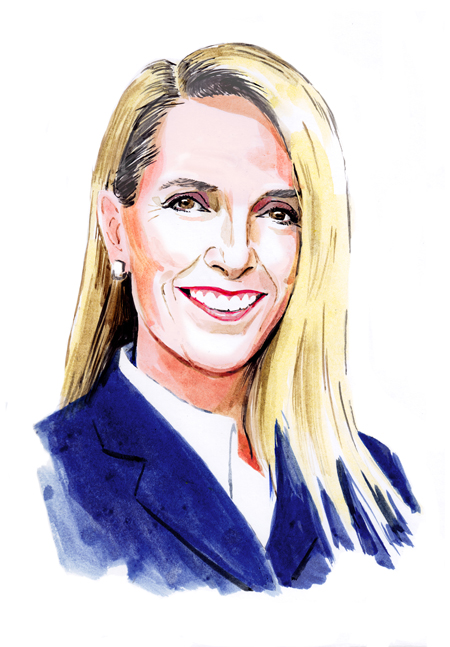
Portrait by Dan Williams
People like categories. They are a useful shorthand for defining and organizing complexity. In theological education, we use them to group and distinguish our schools and churches, to classify faith traditions and denominations, and to identify institutional sizes and types. But categories also can be reductive. Do they still fit? Or do we need to break out of the boxes that may be limiting us?
For decades, the distinctions about our schools have been essentially binary: Free-standing or embedded. The connotations, however, can be misleading, suggesting that all free-standing schools are in decline, for example, or that all embedment leads to sustainability. Neither is completely true.
This categorization suggests that each is monolithic. It limits thinking, misrepresents reality, and diminishes the expanding variations of partnerships and lived expressions of institutional collaborations.
Well over half (57%) of ATS-accredited schools are free-standing. Many of these schools will remain independent, and some will continue to experience robust growth. Some have and will continue to seek out creative partnerships with collaborators that also seek to remain independent. In the past few years, for example, several leaders have been exploring potential partnerships to consolidate administrative structures and costs by pooling some administrative services. The CHANGE Initiative (see story, p. 24), funded by a Lilly Endowment Pathways for Tomorrow Phase 3 grant, is developing one promising arrangement.
The remaining ATS schools are embedded, each with their own unique relationships with their institutional partners. The In Trust Center has been tracking these complex relationships through governance structures and the value propositions of the seminaries. I’m grateful to Colleen Derr, former President of Wesley Seminary at Indiana Wesleyan University, for sharing a template of embedded seminary governance structures that can aid and support advisory board members and other stakeholders in their understanding of the great diversity among embedded institutions. And to MaryKate Morse, former Executive Dean at Portland Seminary at George Fox University, who generously shared her recent articulation of the value of the embedded seminary to university leadership. Curious how it was received? See story, Shifting perspectives.
Let’s advocate for free-standing schools and for partnerships not limited to embedment. Above all, let’s advocate for mutually beneficial ways of mission fulfillment by normalizing thinking outside of the box.